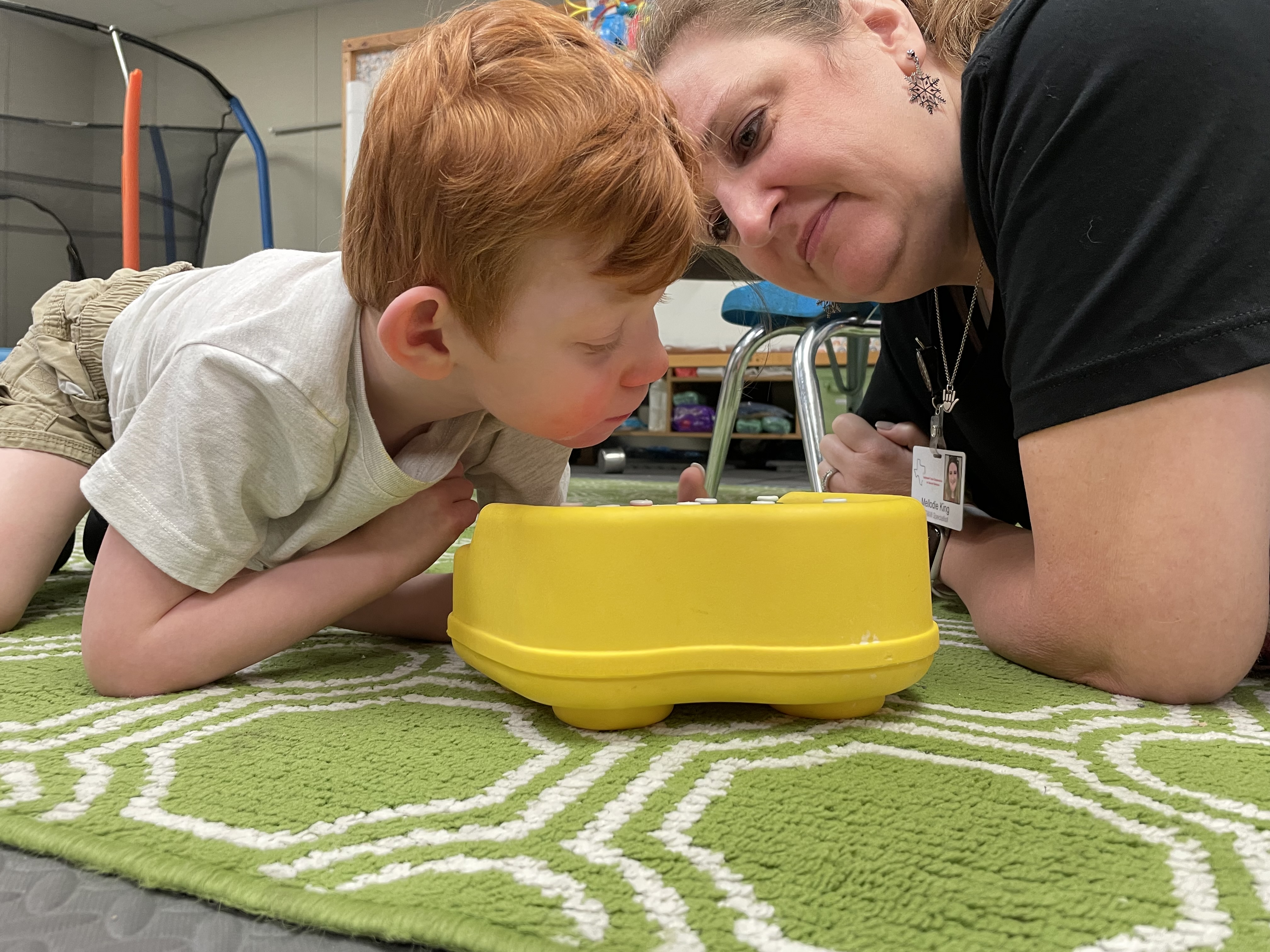Lesson 2: Deafblindness and Learning
Deafblindness greatly impacts a person’s ability to access their environment, often leading to developmental delays in communication and learning. Because of this, children and youth who are deafblind need education on things their non-disabled peers typically learn informally. For example, many students who are deafblind need to be taught how to initiate and maintain social interactions. Family engagement coordinators can support families by explaining how deafblindness impacts their child’s learning and by connecting them to helpful resources.

Knowledge and Skills Addressed
- The complex and unique effects of combined vision and hearing loss on communication, learning, and access to people and the environment
- The impact of deafblindness on opportunities for incidental learning (i.e., many children who are deafblind must be taught what others learn through observing, hearing, exploring, and interacting with others)
Learning Activities
Watch the module The Impact of Deafblindness on Learning and Development. It consists of four 30-minute lessons that cover an introduction to deafblindness, preparing for learning, foundational teaching strategies, and building relationships.
Assignment
Think about a routine you regularly do at home (e.g., taking a shower, making dinner, mowing the lawn, vacuuming the house), and complete the following:
- List the steps involved in the activity.
- Note which steps you know how to do through incidental learning; that is, by informally watching or listening to someone else.
- Note the parts of the activity you were taught to do.
- Imagine teaching a child who is deafblind to do this activity. Keep in mind that they would not have the same mental map of the environment where the activity takes place as other family members who are not deafblind. What additional steps, prompts, or accommodations would the child need?
